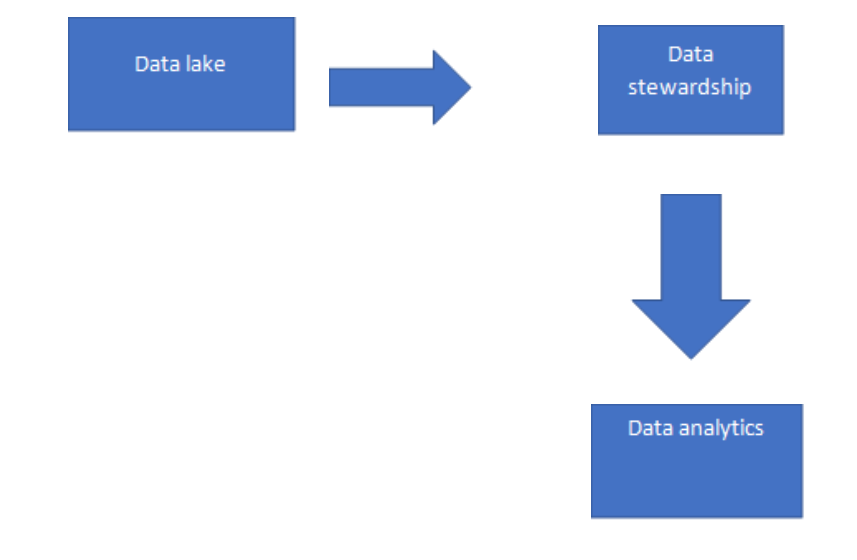Supply chains are the lifeblood of an economy, yet they easily suffer shocks from external events. Recent global events such as COVID-19 and the trade tensions between the US and China highlighted this vulnerability across many industries. A more uniquely modern example of the type of events with far-reaching impact on the economy is the 2017 cyberattack that incapacitated the Maersk shipping company and left big-box stores without goods:
Like the vast majority of Maersk staffers, [Jensen] had no idea when he might return to work. The maritime giant that employed him, responsible for 76 ports on all sides of the earth and nearly 800 seafaring vessels, including container ships carrying tens of millions of tons of cargo, representing close to a fifth of the entire world’s shipping capacity, was dead in the water.
‘The Untold Story of NotPetya, the Most Devastating Cyberattack in History,’ Wired Magazine
The Wakeup Call Needed for Multi-Tier Transparency
While the quest for lean manufacturing and just-in-time supply chains is ever-present, COVID-19 pandemic is the wakeup call that many have needed to make a real change to their supply chain management. This new normal of uncertainty and restrictions means that no business can rely on previous procurement methods. Business leaders are faced with tough decisions such as onshoring or building redundancy in their supply change to mitigate these risks and continue to be competitive.
Referential-based Mastering (RBM) makes it possible for business leaders to gain insights into their current supplier base, allowing for better informed decisions, within the business’ compliance and risk profile.
What if you knew the payment default profile of your suppliers? What if you knew which suppliers are blacklisted? Or, what if you could understand the complicated web of global vendors? Mastering the Tier N: T1, T 2 and T 3 will position your company to gain these insights and mitigate risk to protect your supply chain operations.
Matchbook takes the mystery out of Tier N suppliers
Most organizations only have visibility across their Tier 1 suppliers – which, with corporate data spread across business groups and geographies, is difficult enough to gather. Tier N entities branch out from upper Tier suppliers to various lower levels in the supply chain. They’re a feature of most supply chains, and yet often their risk exposure is unknown. Even if your organization fully maps your multi-tier supply chain once, that information will quickly go out of date.
Matchbook AI recognizes how critical this vulnerability could be and helps our customers review Tier-N supply chain data. The Matchbook AI SaaS platform delivers insights including ownership, company hierarchies and related parties available with localization. Enterprises may do prospecting with the Matchbook SaaS platform for segmentation and profiling of potential new suppliers that meet the compliance and risk profile.
Referential based Identifier at global scale: a unique ID – similar to a D-U-N-S number

Suddenly, it is possible to lift the veil of Tier N suppliers. RBM-generated insights into the supply chain enables our customers to assemble a “virtual scenario” of KYS (knowing your supplier). When operating with one version of the truth – more importantly, a version that will automatically and constantly update itself – your organization can use this finely-grained data about suppliers to make better decisions. A 360º view of supplier base can be used by procurement officers, IT departments, Compliance & Risk Officers, Chief Strategy Officers, Finance and Legal departments, for example, and is paramount for decisions that hinge on:
- Uncertainty due to geopolitical risks (sovereign risk)
- Federal government requirements (monitoring of regulations)
- Concentration of supplier base (KYS)
- Compliance with FCPA
- Disaster recovery
Case Study: What virtual KYS looks like in practice
The Challenge
Our client, a Fortune 100 company, struggled to harmonize the integrity of data from multiple subsidiaries, spanning medical devices, pharmaceutical, and consumer-packaged goods. To use the D&B D-U-N-S number as their own global key, they needed to execute resource-intensive integrations and manual processing. Nothing was easy.
Master Data Management can get political. Individual business units within the project were attempting to match with DUNS on their own and were unwilling to cede control of their data points. This, coupled with differing enrichment requirements, created huge risk of time and budget overruns.
The Solution
This company was faced with a “build it or buy it” dilemma. Do they spend a year or more building the integration functionality only to have the requirements change and priorities shift, or do they buy a solution that can give them the functionality they need?
Matchbook AI delivered a plug and play solution they could easily integrate into each of their applications. With team-based data stewardship functionality, they can empower each business unit to match and enrich their own data.
Use the Right Tool For the Right Job
Giving up data control is daunting.
Matchbook facilitates the flow of data from all the integration points in a bottom up approach that empowers the stakeholders who are most familiar with the data through our comprehensive data stewardship toolbox.
Are you a CDO, CIO, or CSO who is kept up at night by supply chain worries?
Matchbook AI enables organizations to first “put their data house in order.” Rather than acting on cleansing all the enterprise’ data first – our solution enables line-of-business leads and IT executives to cleanse only the data that fuels the most valuable use cases with integration with a best in class global referential data source. Contact our team to find out how fully mastered data can mitigate your supply chain risk.


